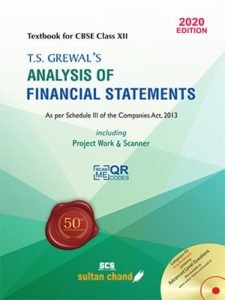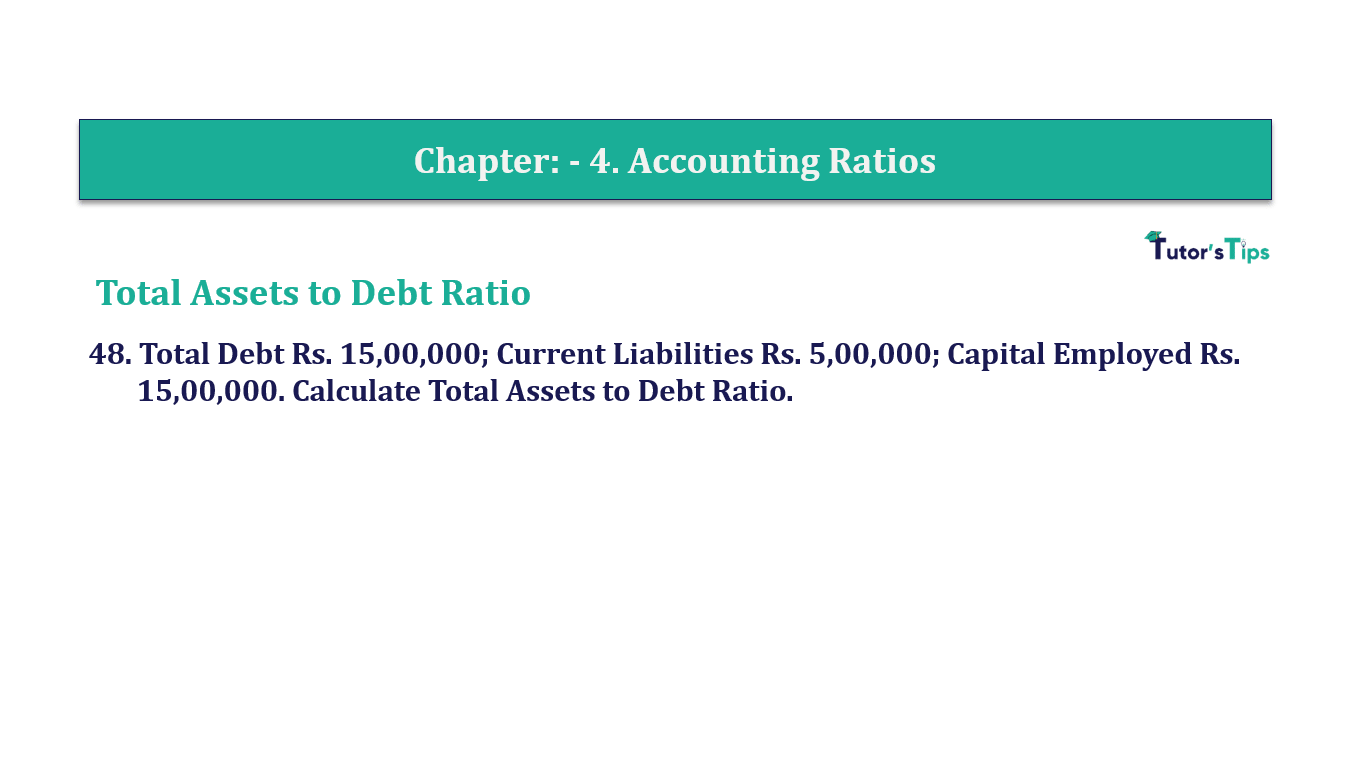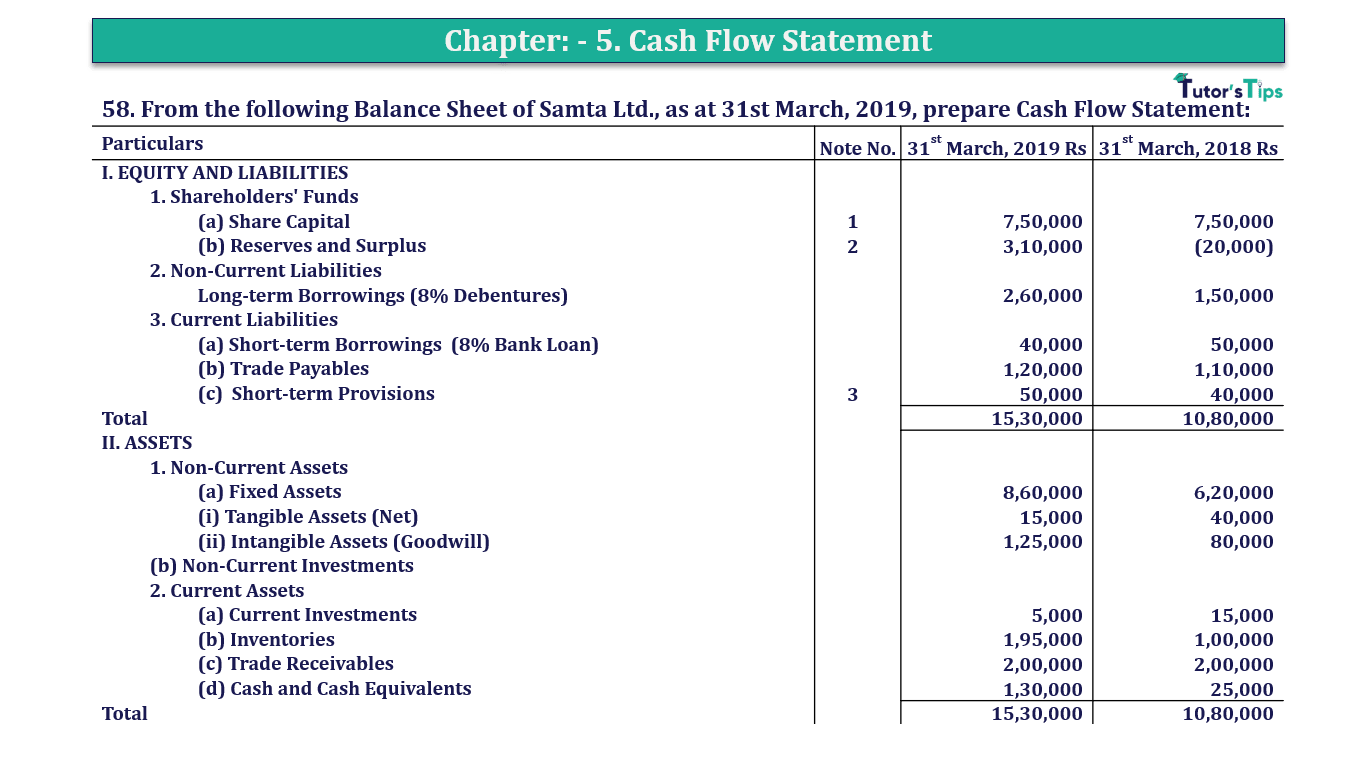Question 7 Chapter 1 of +2-B
Table of Contents
7. State giving whether Trade receivables are classified as Current assets
or non-current assets in the balance sheet of a company as per
schedule III of the Companies act,2013 in the following cases:
|
Case (1) |
|
Expected Realisation Period (months) |
| 1 | 10 | 11 |
| 2 | 10 | 12 |
| 3 | 10 | 13 |
| 4 | 14 | 13 |
| 5 | 15 | 16 |
The solution of Question 7 Chapter 1 of +2-B: –
|
Case |
Operating Cycle Period (months) |
Expected Realisation Period (months |
Conditions Applied |
Classified as |
| 1 | 10 | 11 | Expected Realisation Period is within 12 months from the date of the balance sheet. | Current Assets |
| 2 | 10 | 12 | Expected Realisation Period is 12 months which is equal to a period of 12 months from the date of balance sheet although it is more than the Operating Cycle period. | Current Assets |
| 3 | 10 | 13 | Expected Realisation Period is more than the Operating Cycle period and also exceed the period of 12 months from the date of the balance sheet. | Non-Current Assets |
| 4 | 14 | 13 | Expected Realisation Period is less than the operating Cycle period although it is more than the period of 12 months from the date of the Balance Sheet. | Current Assets |
| 5 | 15 | 16 | Expected realization period is more than the Operating Cycle period and also exceed the period of 12 months from the date of the Balance Sheet. | Non-Current Assets |
To understand more about Balance Sheet please check out following links:
Balance Sheet: Meaning, Format & Examples
Thanks, Please Like and share with your friends
Comment if you have any question.
Also, Check out the solved question of previous Chapters: –
Advertisement-X
T.S. Grewal’s Double Entry Book Keeping +2 (Vol. I: Accounting for Not-for-Profit Organizations and Partnership Firms)
- Chapter No. 1 – Financial Statement of Not-For-Profit Organisations
- Chapter No. 2 – Accounting for Partnership Firms – Fundamentals
- Chapter No. 3 – Goodwill: Nature and Valuation
- Chapter No. 4 – Change in Profit-Sharing Ratio Among the Existing Partners
- Chapter No. 5 – Admission of a Partner
- Chapter No. 6 – Retirement/Death of a Partner
- Chapter No. 7 – Dissolution of a Partnership Firm
T.S. Grewal’s Double Entry Book Keeping (Vol. II: Accounting for Companies)
- Chapter No. 8 – Company Accounts – Accounting for Share Capital
- Chapter No. 9 – Company Accounts – Issue of Debentures
- Chapter No. 10 – Redemption of Debentures
T.S. Grewal’s Double Entry Book Keeping (Vol. II: Accounting for Companies)
- Chapter No. 1 – Financial Statements of a Company
- Chapter No. 2 – Financial Statement Analysis
- Chapter No. 3 – Tools of Financial Statement Analysis – Comparative Statements and Common- Size Statements
- Chapter No. 4 – Accounting Ratios
- Chapter No. 5 – Cash Flow Statement
Check out T.S. Grewal +2 Book 2020@ Official Website of Sultan Chand Publication








Leave a Reply